Explore ‘How to Sketch for Beginners,’ an insightful article with advice, tips, and resources, perfectly tailored to help beginners learn the art of sketching and embrace their creative path
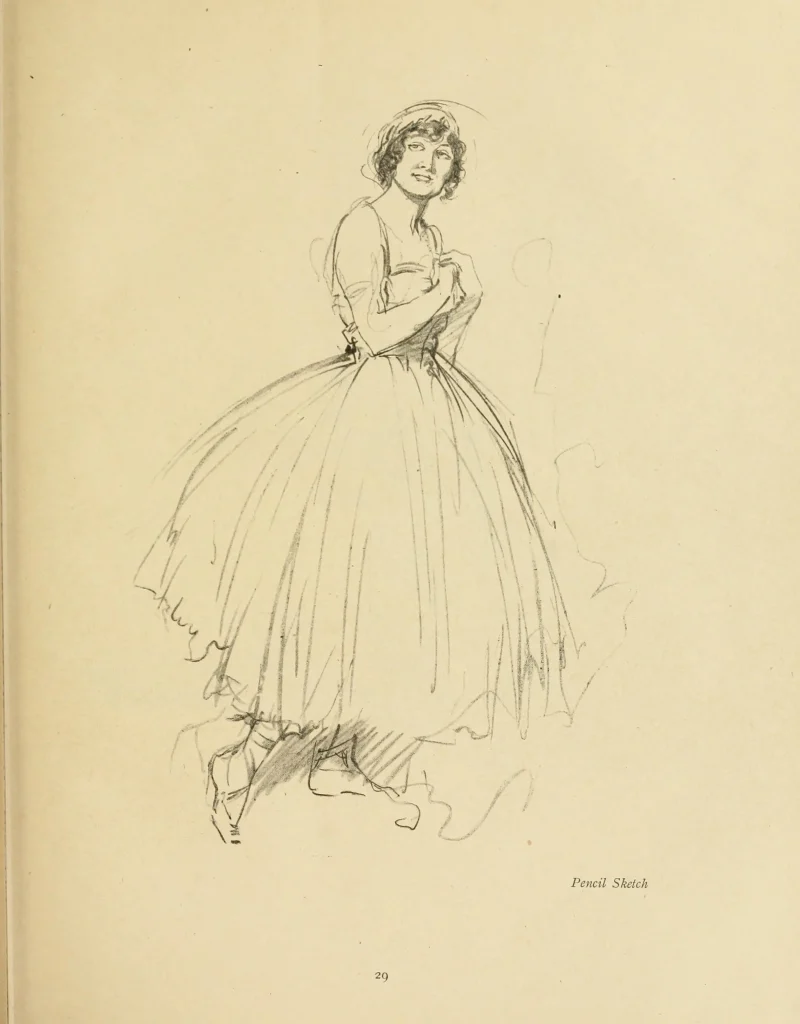
How to Sketch for Beginners: What is the difference between sketching and drawing?
Sketching is more about being quick. It’s full of life and energy. Sketching is where you relax and find yourself and your ideas. It’s less about precision and more about capturing the moment. Drawing, on the other hand, is careful and takes time. It’s where an artist hones their vision and sharpens the details.
How do you Start Sketching for Beginners?
Are you just starting to sketch? That’s great! Learn how to keep things simple. The best part? You only need a pencil and paper. Begin sketching what’s around you. Look at ordinary objects near you, like a TV remote, a phone, or a piece of fruit. Look for shapes and lines. By starting like this, you will get the feel of the pencil, find freedom in your marks, and not worry about producing a finished piece of art.
Unlock Your Creative Potential: Get One Month Free on SkillShare
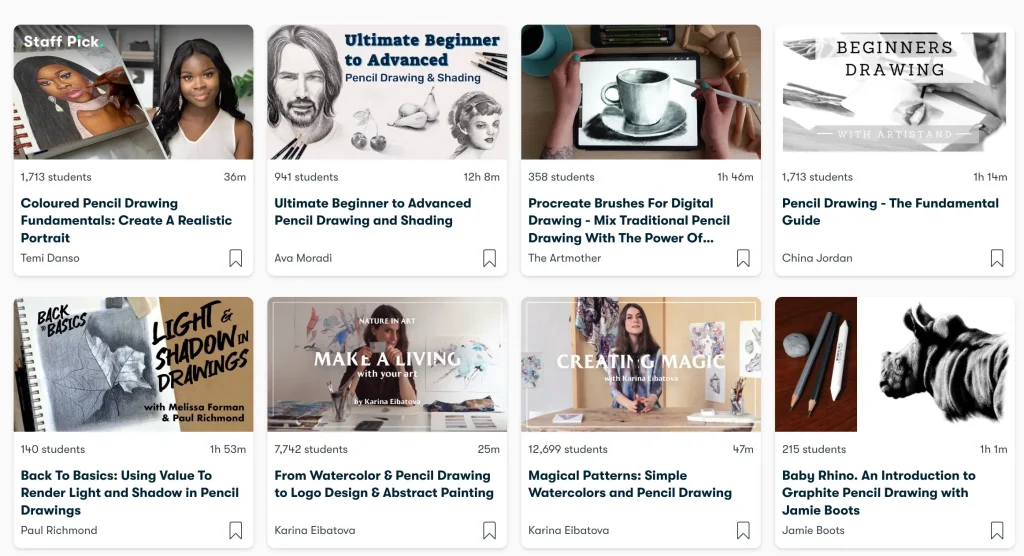
Dive deeper into the art world with one month of free access to SkillShare’s extensive library of drawing classes. SkillShare offers a wealth of knowledge for all skill levels. Seize this opportunity to learn from expert artists and elevate your drawing skills. Sign up now and get one month free! Affiliate Disclosure: I will receive a commission if you sign up for SkillShare with the above link and decide to become a member after your free month. Read our affiliate disclosure here.
How to Sketch for Beginners: How to Improve Your Sketching Skills
Improvement comes from regular practice. There aren’t any shortcuts. For beginners, focus on light, shadow, and perspective. Don’t look at the intricate details of the subject you are sketching. Don’t say, “I want to sketch that person.” Instead, say, “I want to sketch those shapes and lines.” If you zoom in on any masterpiece, you will see abstract shapes and marks. Artists observe their surroundings and their subjects. Spend time just doing that. Try different styles. Each sketch makes you better and brings you closer to what you see in your mind.
How to Sketch for Beginners: Do you Sketch Before Drawing and Painting?
Sketching is the first step in a bigger journey. It lays the groundwork for drawing and painting. It’s where you plan and solve problems before they become part of the final work. You are figuring stuff out and not producing a final masterpiece, although sketching can also be a finished art form. Some artists do not do preliminary sketching before drawing or painting. That’s the great thing about artistic freedom. There are no rules. It’s up to you! This is how I feel about the matter.
How to Sketch for Beginners: What are the Best Pencils for Sketching?
Choosing the right pencils for YOU is essential. You will hear various opinions and recommendations online. Choose a hard pencil or a soft pencil. Honestly, it’s up to you. Try a variety of pencils, soft and hard, and experiment. You could use an ordinary number two pencil or an expensive top-of-the-line drawing set. I prefer softer pencils. I like the way they glide on the surface. Even though the lines are darker and more difficult to erase, I like the feel. Explore and experiment.
What should I draw first in my sketchbook?
Your first sketchbook page? As I said at the beginning of this post, find everyday objects around you to practice with, but you don’t have to! Sketch whatever your beautiful heart desires! Go outside and sketch a flower or a tree. Go to a museum and copy a work of art hanging from the wall. Sketch a woman sipping coffee at a diner while listening to jazz music. Do whatever makes you happy!
In conclusion, learning how to sketch for beginners is about exploration and creativity. Each line, each sketch, is a step forward. Embrace this process and experiment. Most importantly, enjoy the journey of sketching.
Sketching Examples from History
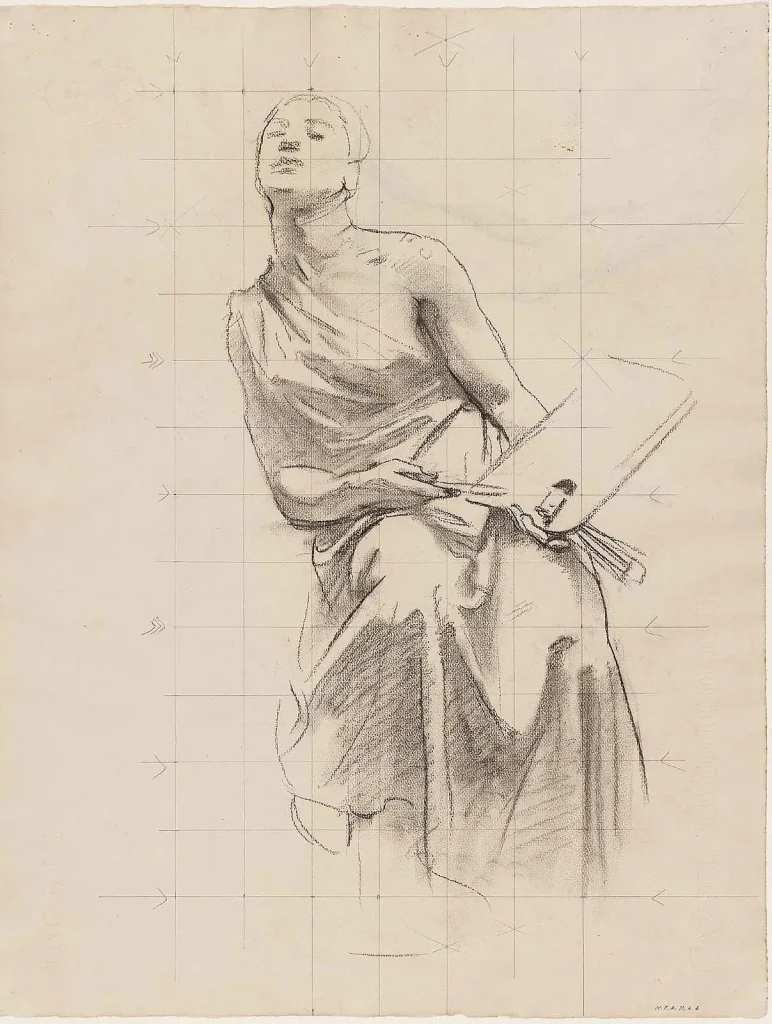
- Title: Sketch for Architecture, Painting and Sculpture
- Artist: John Singer Sargent
- Date Created: Between 1917 and 1921
- Medium: Charcoal and graphite pencil on paper
- Location: Museum of Fine Arts, Boston
This artwork, a thoughtful sketch by John Singer Sargent, reflects the artist’s mastery and versatility, captured elegantly in charcoal and graphite. It’s a testament to Sargent’s skill in conceptualizing complex artistic ideas, a skill akin to the nuanced layers of classical oil painting.
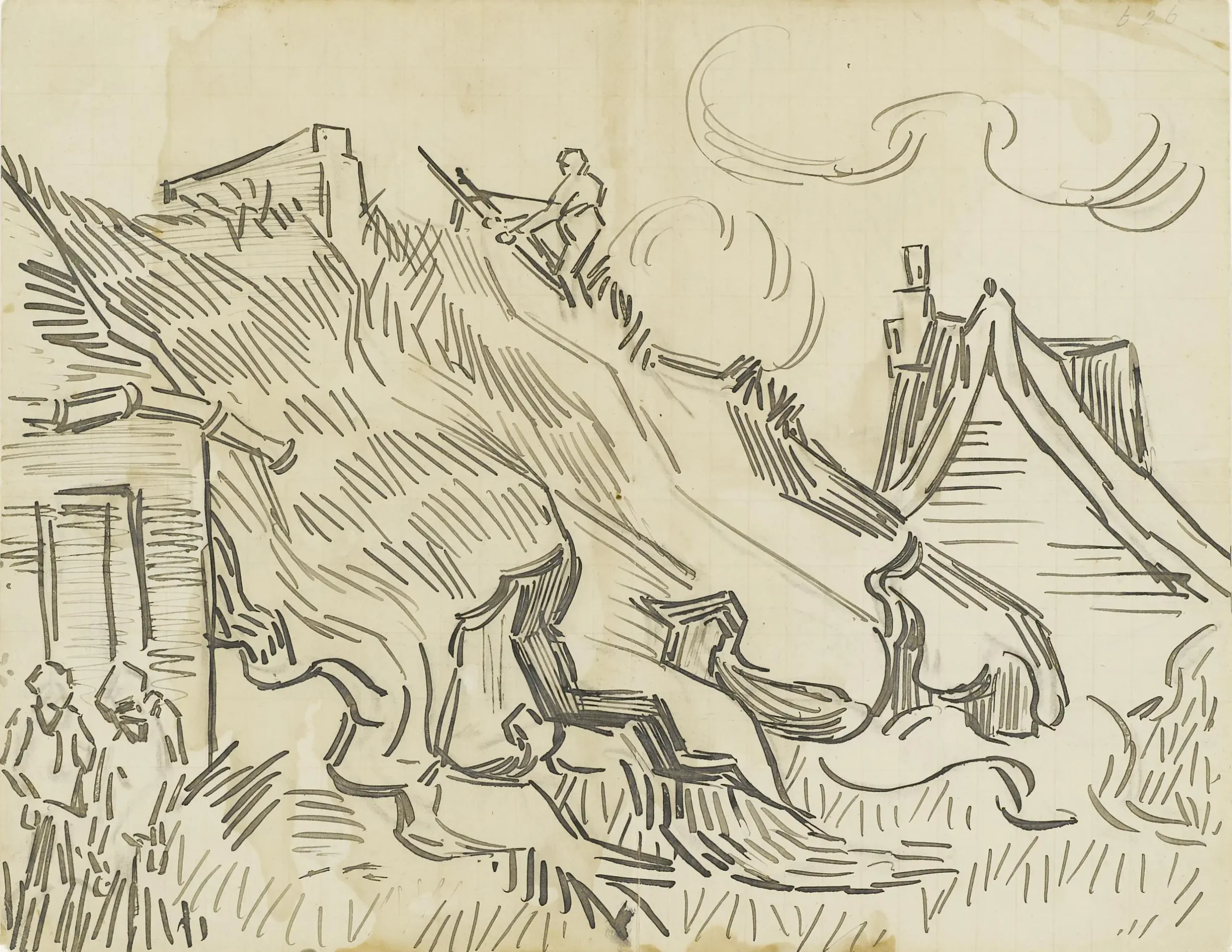
- Title: Cottages with Thatched Roofs and Figures – Sketch C Letter 902
- Artist: Vincent van Gogh
- Date Created: July 1890
- Medium: Pencil letter sketch
- Collection: Van Gogh Museum
This sketch by Vincent van Gogh, encapsulating his unique style and emotional depth, was included in his last letter to his brother Theo. It’s a poignant reminder of van Gogh’s enduring legacy in the art world.
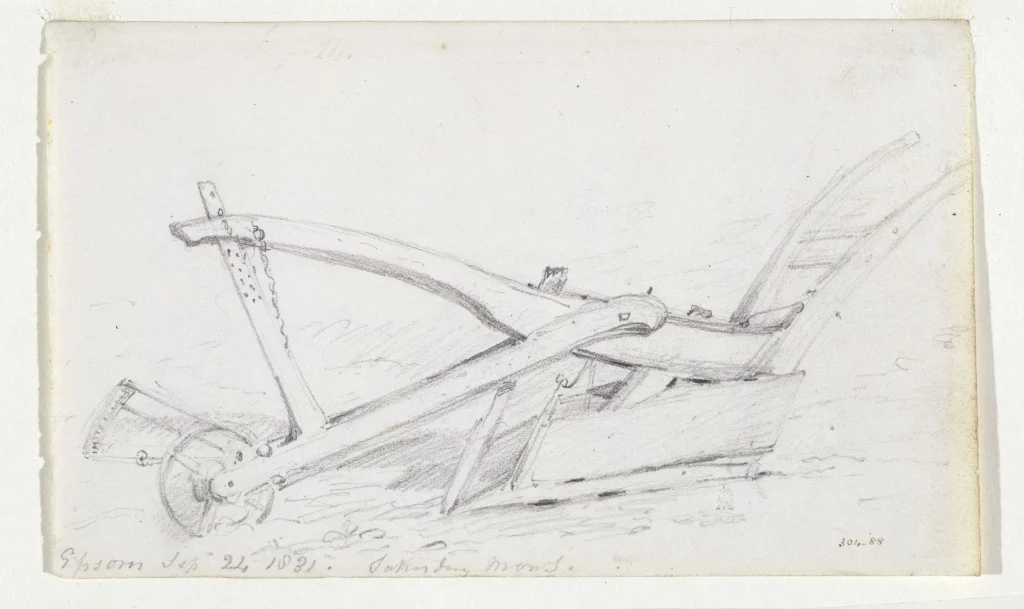
- Title: Horse and Cart
- Artist: John Constable
- Medium: Pencil on paper (primed paper)
- Dimensions: Height: 14.6 cm (5.7 in); Width: 22.8 cm (8.9 in)
- Description: This piece is a 19th-century British impressionist art, featuring a double-sided sketch with a study for Branch Hill Pond, Hampstead, and The Gleaners, Brighton, plus other drawings on the verso.
John Constable’s “Horse and Cart” is a fine example of his ability to capture the essence of rural life with simplicity and elegance, much like the way a few well-placed brushstrokes can define a whole scene in a painting.
Leave a Reply